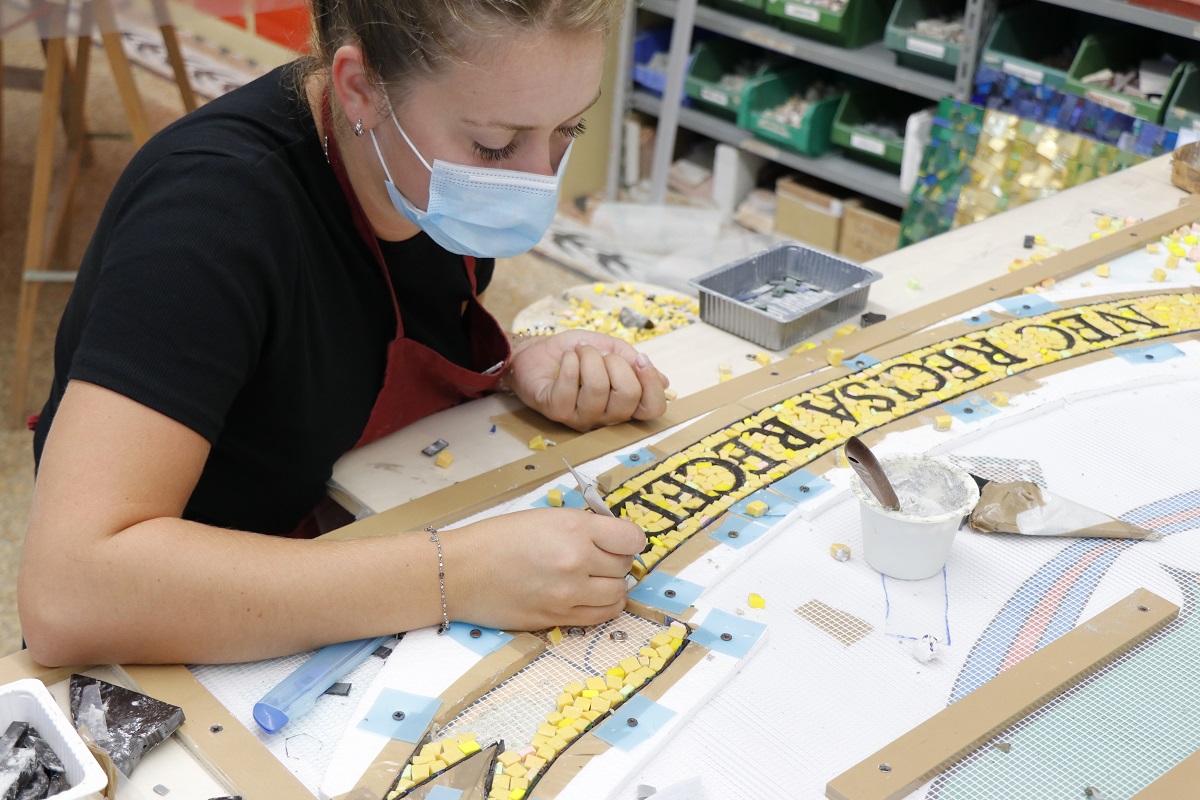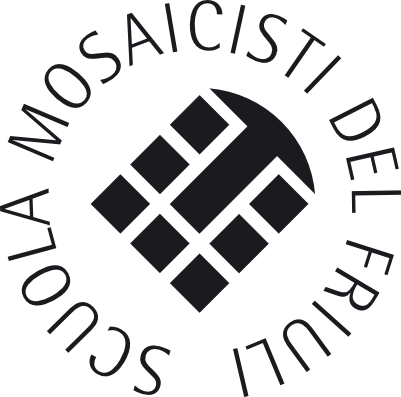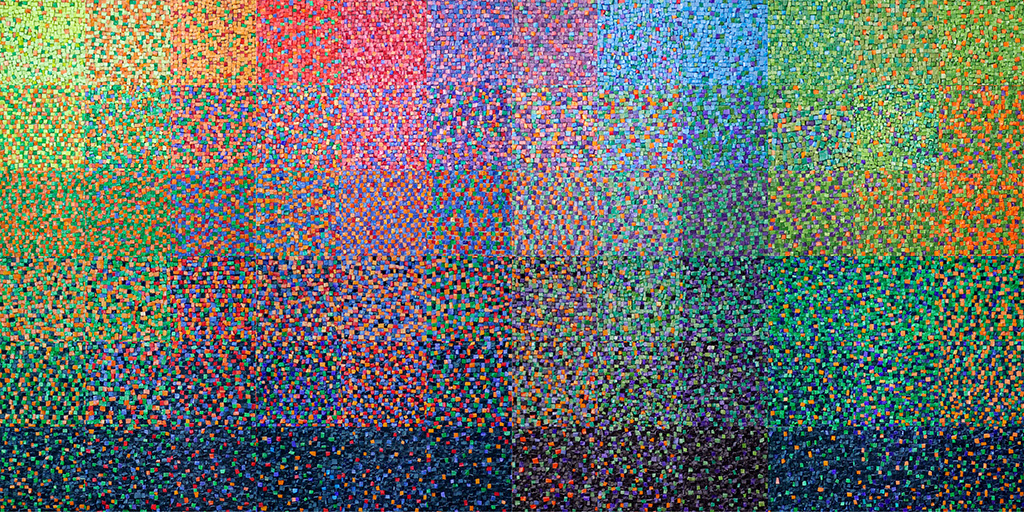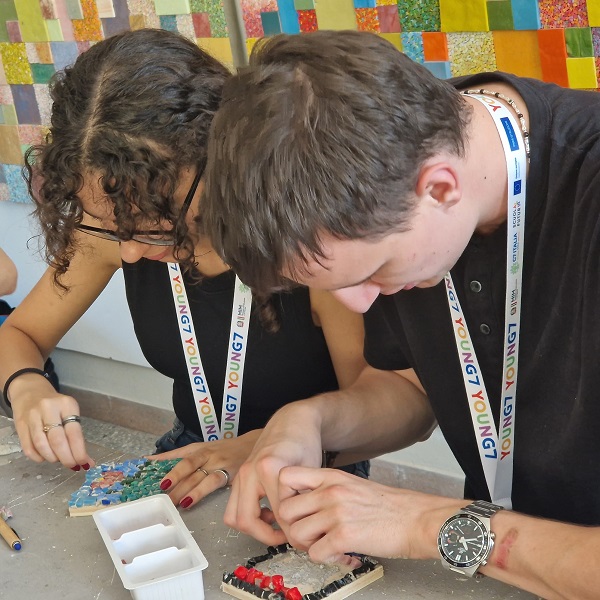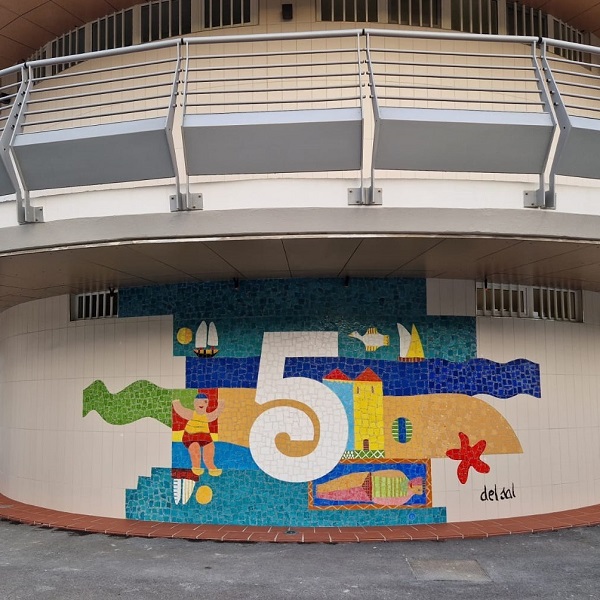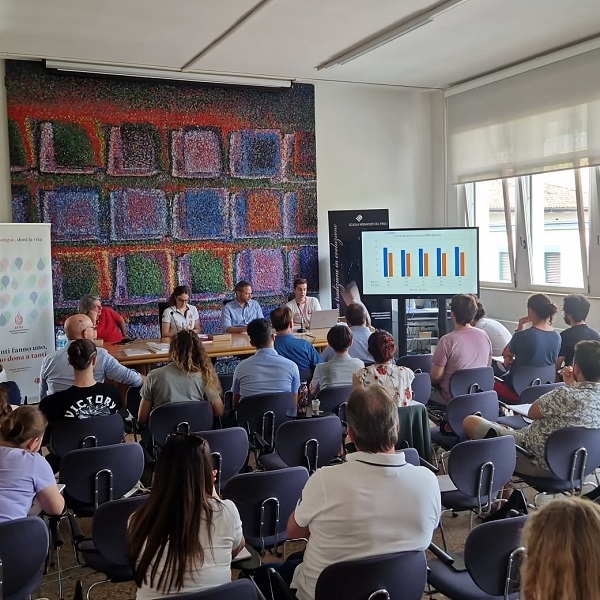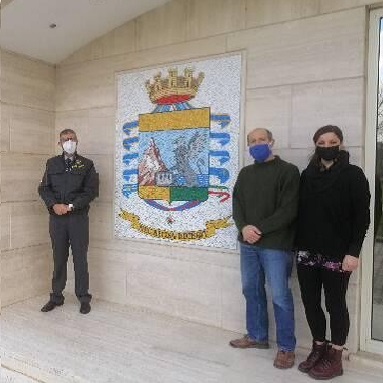
The mosaics for the Logistics Center of the Guardia di Finanza in Rome
The Logistics Center of the Guardia di Finanza of Rome turned to the Scuola Mosaicisti del Friuli for the creation of two heraldic coats of arms to be placed at the entrances of its headquarters in “Villa Spada”.
According to the indications received from the Commander, Colonel Davide Cardia, and respecting the characteristics that make up the coat of arms of the Guardia di Finanza, the mosaic panels were made by the students of the specialization course: Nina Biagi, Viviana Mora Strohmenger, Isabella Petrangeli, Beatrice Tagliapietra and Silvia Biancolino.
In addition to the coats of arms, more than a meter and a half high, three portraits of illustrious writers of ancient Rome were also made: Virgilio, Cicero and Lucretius, whose faces – the result of the work of the students Ilaria Caputi, Eric Osei Bonsu and Sabrina Kurdic – today they distinguish the three reception rooms of the Logistics Center.
All executed with direct technique and concluded in the School’s laboratories after about four months of activity, the mosaics were transported to Rome. The coats of arms flank the access doors identifying and decorating the headquarters of the Guardia di Finanza: not a simple embellishment, therefore, but a distinctive element capable, despite being exposed to the outside, to remain unchanged over time. The tiles in Venetian enamels, in addition to accurately returning the official colors of the coat of arms, give the whole preciousness and light.
The installation was carried out by master Luca De Amicis, teacher of the School, supported by the pupil Isabella Petrangeli. The operating mode is now a consolidated practice: the mosaic is composed on a fiber network; concluded, it is placed on a rigid support and transported to the site; the fixing to the wall and the finishing of the last details follow.
The same technique was also used for the portraits of the three illustrious Romans. Smaller in size, their light tones refer to Roman portraiture and immediately evoke classical antiquity. Just by looking at marble busts, the physiognomy and expression that, according to tradition, had the three men were obtained, translating the three-dimensional forms of the sculpture with the patterns of the tesserae.
The important collaboration, the pride of the Scuola Mosaicisti del Friuli, has once again highlighted how mosaic represents a noble and ancient form of art, an expression of Italian know-how.
